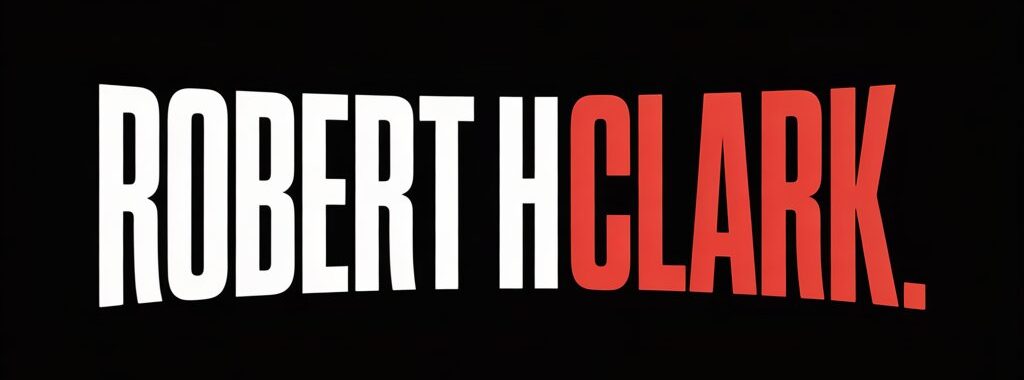The latest emergence of a number of state well being alliances marks a brand new section for public well being within the U.S. These alliances embody two that shaped final month: the “West Coast Well being Alliance” announced September 3 and the “Northeast Public Well being Collaborative” announced September 18, and one other simply this week announced by fifteen governors referred to as the “Governors Public Well being Alliance”, which has some overlapping membership with the regional alliances. To this point, these alliances have included Democratic-led states solely, and a typical thread throughout all three is a broad rejection of the Trump administration’s method to public well being and the insurance policies of the Division of Well being and Human Companies (HHS) below its present Secretary, Robert F. Kennedy, Jr.
Up to now this 12 months the administration has minimize employees at HHS by over 20,000 (with the Facilities for Illness Management and Prevention, CDC, losing about 3,000 staff – 1 / 4 of its employees), sought to pull back funding for state and native well being departments, applied new, more restrictive suggestions for some vaccines, and questioned long-standing scientific information and public well being steering. Many state well being leaders, particularly Democratic-led ones, have criticized these modifications, with the brand new alliances being one manifestation of that push again. Whereas the federal authorities is charged with issuing steering and making suggestions that may affect public well being throughout the nation, it’s states which have the final word authority to determine whether or not and the place to comply with that steering.
Given this, the results of forming these alliances usually fall into two foremost areas. One is sensible: even when every state will proceed to find out its personal public well being insurance policies, alliances can foster communication and cooperation and permit for sharing of sources when wanted, with out essentially relying immediately on the federal authorities. For instance, the West Coast Well being Alliance goals to assist align immunization suggestions throughout member states whereas the Governors Public Well being Alliance seeks to be a “coordinating hub” for state leaders to share information and develop complementary public well being steering, amongst different actions. That would show helpful for states that not place confidence in the general public well being suggestions coming from CDC or different federal businesses. It might support in communication with the general public by offering a extra unified message throughout states moderately than every state seemingly going its personal means. The opposite impact these alliances might have is extra symbolic and political in nature: states banding collectively as a extremely seen rebuke to the Trump administration’s public well being method and insurance policies.
Even earlier than these alliances had been introduced, many states had already began to make strikes to de-link their insurance policies from the federal authorities (significantly referring to vaccines). To this point this 12 months, for instance, 26 states have implemented policies to make sure that pharmacists can administer COVID-19 vaccines broadly and with out a prescription, regardless of modifications – precise and anticipated – in federal suggestions coming from the Trump administration. A smaller quantity have moved to require state-regulated well being insurers to cowl, at no-cost, vaccines really helpful by the state, even when they’re not really helpful by the federal authorities.
Whereas it might be uncommon for teams of states to hitch collectively to develop their very own public well being suggestions, impartial of federal steering, it’s not utterly unprecedented. Within the early months of the COVID-19 pandemic (in the course of the first Trump administration) teams of Western states and northeastern states set up coalitions to coordinate responses and share provides and know-how throughout state strains within the face of what they perceived as federal authorities inaction. Later, Republican-led states joined together in opposing a few of the COVID-19 insurance policies imposed by President Biden.
Whether or not extra alliances will type or these new ones will develop, stays to be seen. In the end, nevertheless, maybe probably the most vital consequence of their formation is additional cementing what’s a rising partisan divide in public well being, mirrored in each public opinion and state policy, and which is prone to result in more and more divergent public well being insurance policies and entry throughout the nation and uncertainty about the way forward for the connection between the federal authorities and the states on key public well being points.

